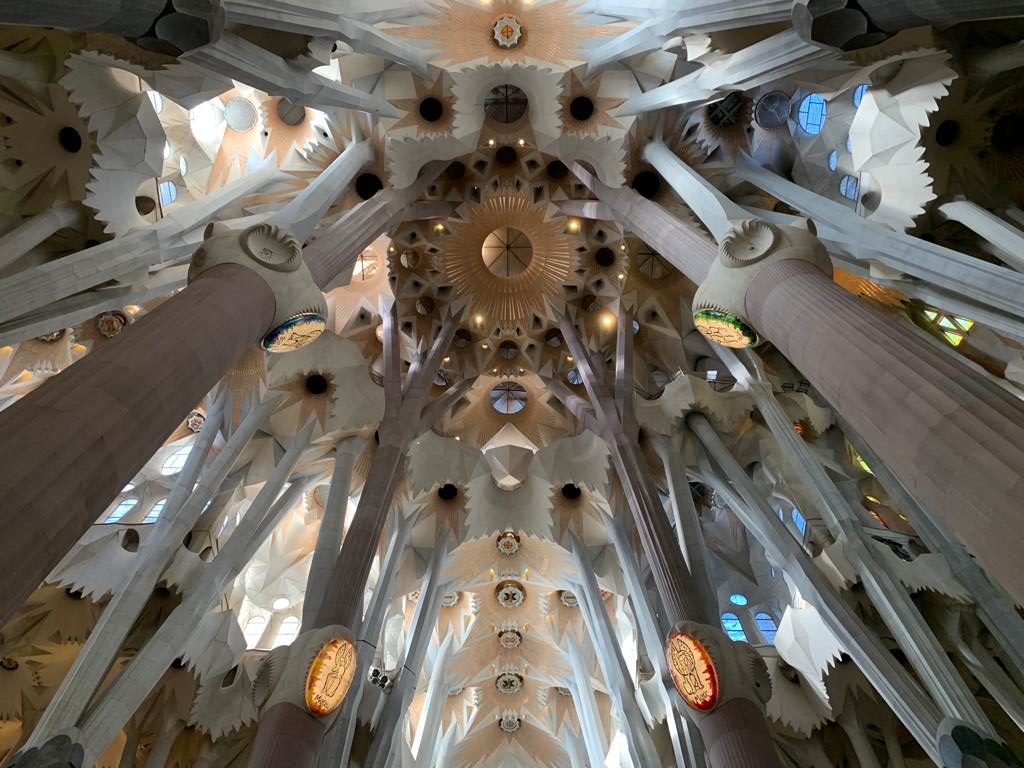Modernista Architecture In Barcelona
Getting to know Barcelona’s three godfathers of Catalan Modernist (or Modernista) architecture is a great way to learn about the city’s history and explore famous and not-so famous buildings. Today’s post is a sampler of a few of those sights and stories.
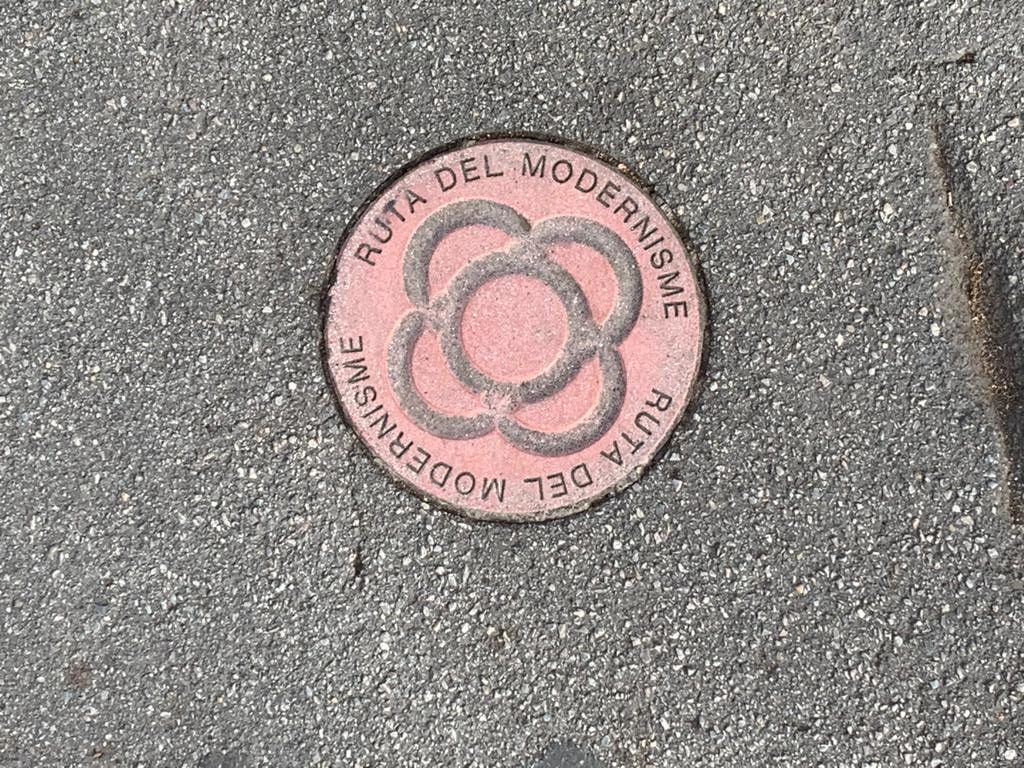
Modernisme? Catalan Modernism? Modernista?
Firstly: a clarification. When we talk about Catalan Modernism or Modernista architecture, we’re talking about something different than the international modernist architecture movement of the mid-20th Century. Although there are some notable examples of that in Barcelona, too. When we say Modernista architecture we are talking about Catalonia’s equivalent of the movement known variously as Art Nouveau, Jugendstil, Arts & Crafts (the last arguably an inspiration rather than a variation). Various countries had their own versions of it but the movements interconnect. They were inspired by natural forms, broke down barriers between fine and applied arts: a sort of Gesamtkunstwerk concept (or ‘total artwork’, as discussed before here).
The Catalan variant, known as Modernisme (adj. Modernista), was an expression of a uniquely Catalan identity. It encompassed architecture and fine and applied arts (painting, sculpture, metalwork, cabinet making, ceramics, jewellery, etc.), but also literature. Active from roughly 1888 to 1911, an interesting quality of Modernisme is how it looked back to history as well as creating a distinctly modern style. In this it has parallels in Arts & Crafts more than some of the other European movements. Many of Barcelona’s Modernista buildings incorporate medievalist elements like castles, dragons and so on. But like its European counterparts, Modernisme also looked to natural forms, preferring curved lines over straight and asymmetry and rich decoration.
There are many ways to experience Modernista architecture in Barcelona. You can of course start at the city’s most famous landmark, the Sagrada Família. Or there are other famous works of Modernisme which today are open to the public, like the Parc Güell, the Casa Batlló, la Pedrera. You could take in a concert at the Palau de la Música Catalana. Or you could keep an eye out for the Ruta del Modernisme roundels set into pavements as above (more info here). The examples of Modernista architecture below are a mere fraction of what’s out there to see.

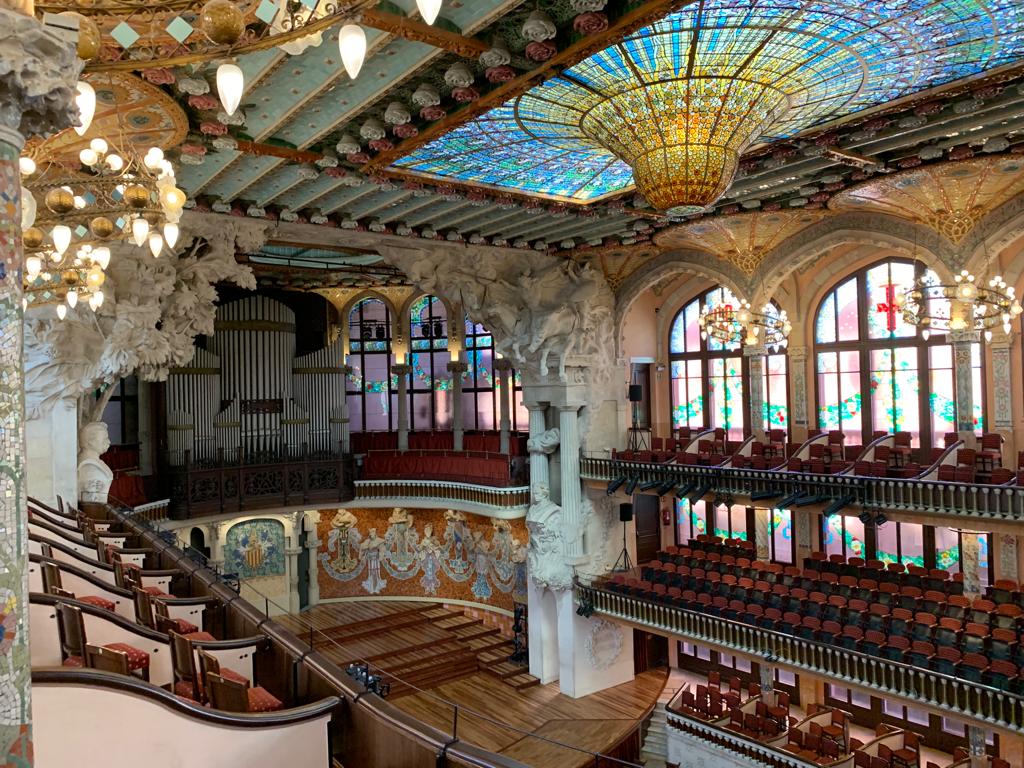
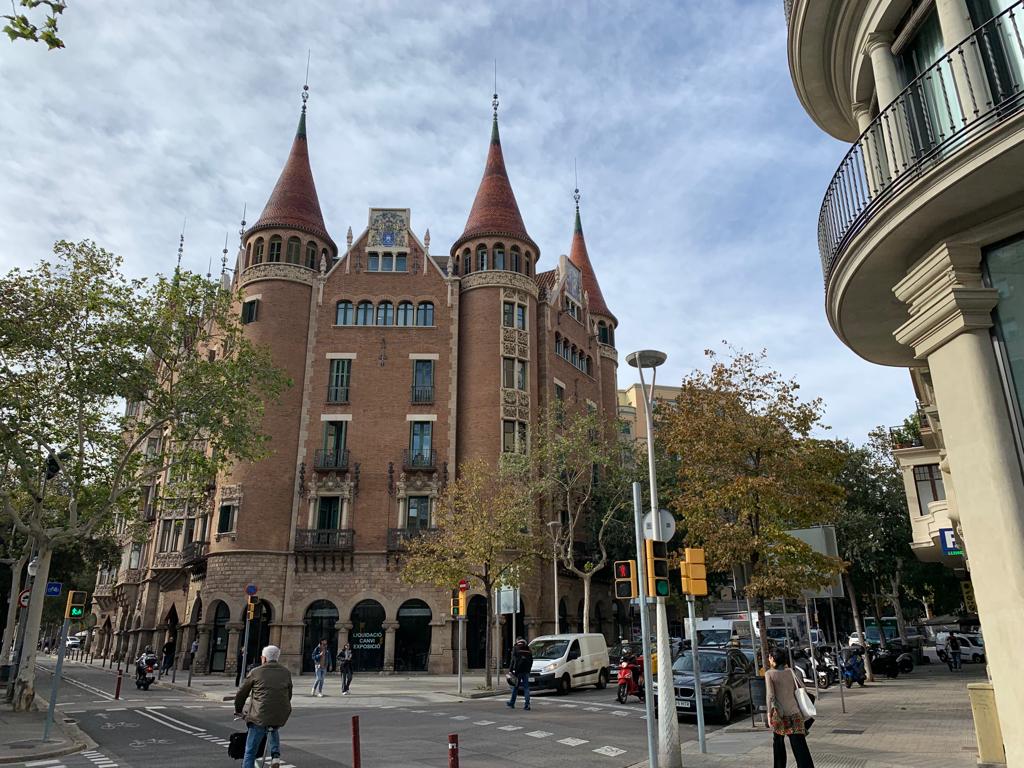
Antoni Gaudí, Lluís Domènech i Muntaner and Josep Puig i Cadafalch
If you read anything about Modernista architecture in Barcelona, three names will keep cropping up. One at least I expect you will know. The others may be new, but are crucial to understanding this architectural style.
Antoni Gaudí is, of course, the one I thought you might know already. Gaudí is the architect behind the as-yet-unfinished Sagrada Familia, the Park Güell, the Casa Batlló, la Pedrera… the list goes on. You could probably spend a long weekend in Barcelona doing nothing but visiting Gaudí’s creations. Born in 1852, Gaudí’s passions were architecture, nature and religion. He had a style all his own within Catalan Modernism, pioneering techniques such as trencadís incorporating ceramic fragments. Gaudí rarely drew detailed plans, preferring scale models. This made the continuation of work on la Sagrada Familia difficult after his accidental death in 1926.
Lluís Domènech i Muntaner, born in 1850, was a politician as well as an architect. He also taught for 45 years at Barcelona’s School of Architecture, and thus had an immense impact on future generations. Two of his works, the Hospital de Sant Pau and Palau de la Música Catalana, are together a UNESCO World Heritage site. His style became more fluid, lighter and more open over time, but continued to be inspired by Spanish-Arabic architecture. He died in 1923.
We already encountered Josep Puig i Cadafalch in an earlier post on Montjuïc. He was the architect of the textile factory which today houses the CaixaForum Barcelona, and a champion of the Poble Espanyol, an open air museum of Spanish architectural styles. Born in 1867, he was also the architect of the Casa Martí (also known as “Els Quatre Gats“), which became a sort of salon and meeting place for Catalonia’s modern thinkers. Like Domènech he was a politician, serving as the second president of the Commonwealth of Catalonia from 1917 to 1924. He died in 1956.
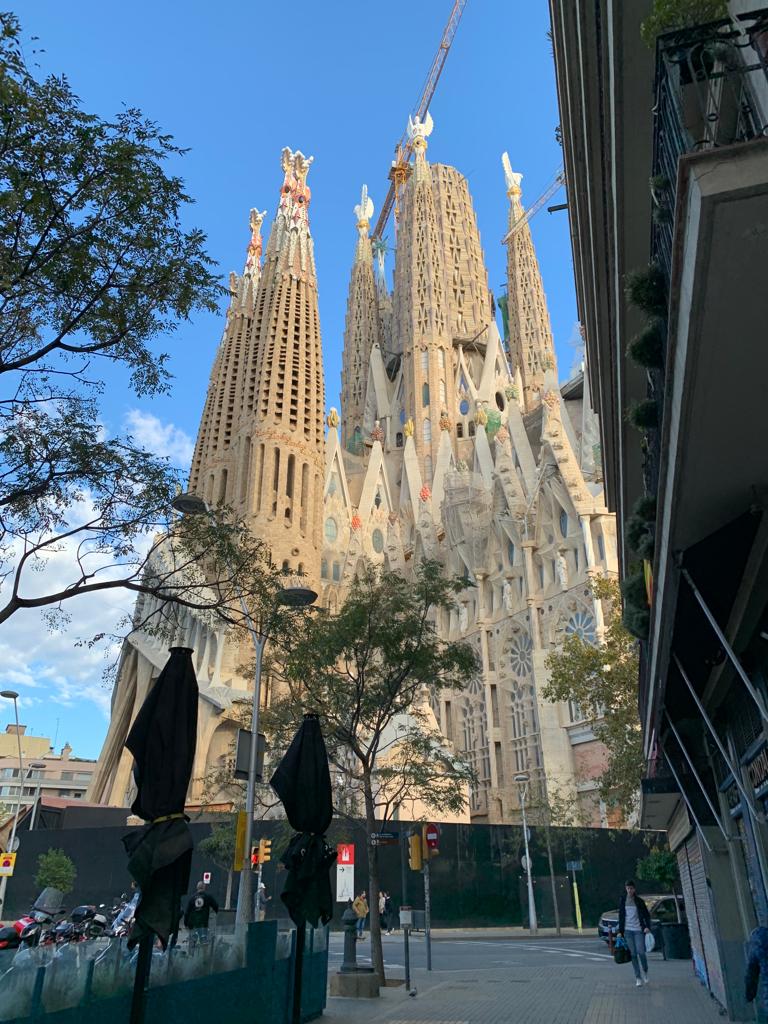

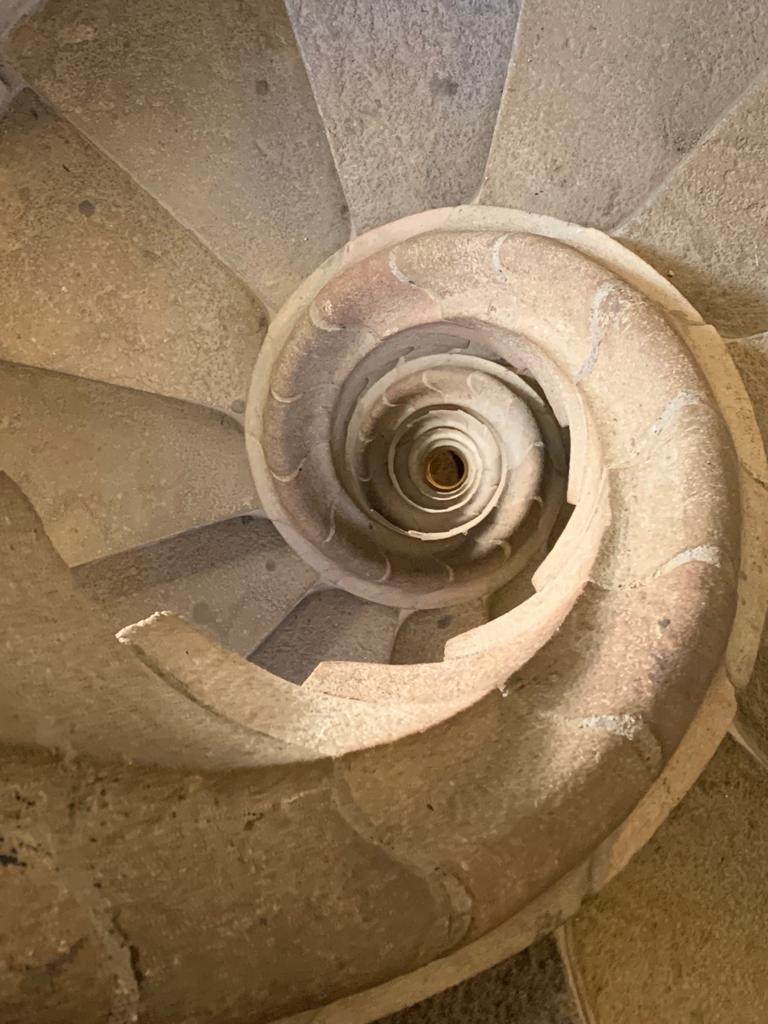
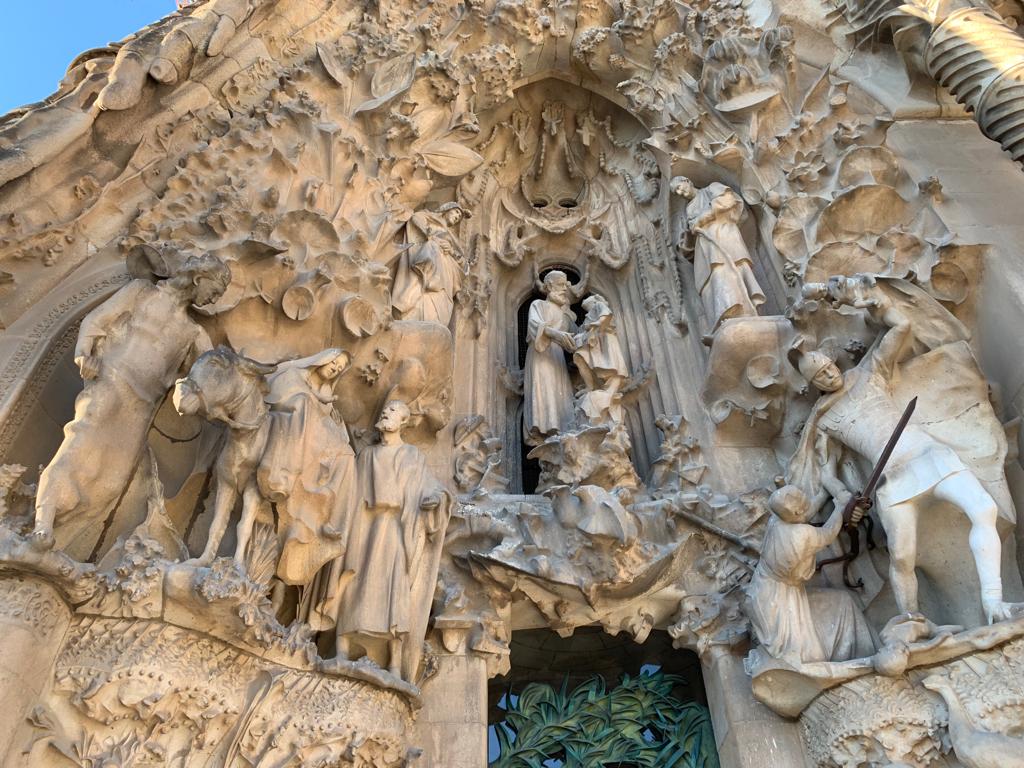
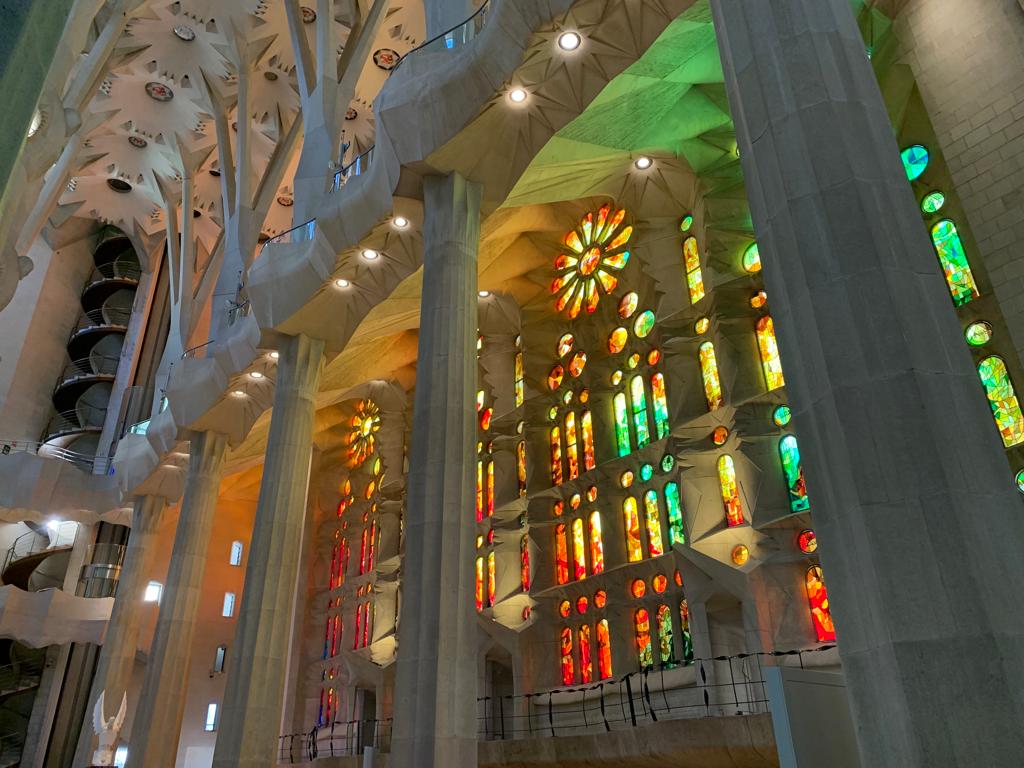

La Sagrada Família
Why not start with the most famous of Modernista buildings, the Sagrada Família? Formally the Basílica i Temple Expiatori de la Sagrada Família, this is actually a church rather than a cathedral despite its skyline-dominating proportions. And Gaudí wasn’t the first architect on the project. It started out in 1882 as a pretty normal design under Francisco de Paula del Villar. Villar resigned in 1883 and Gaudí took over, completely transforming the end result. He devoted the rest of his life to the project, even living within the church, and is buried in its crypt.
La Sagrada Família is the largest unfinished Catholic church in the world. I mentioned above that Gaudí tended to work from scale models rather than architectural plans. Well, when he was knocked down by a tram and died in 1926, this posed a problem. He’d completed less than a quarter of the project. Work continued, but was interrupted by the Spanish Civil War, during which any plans Gaudí had left were destroyed. Subsequent work was thus not always as close to Gaudí’s original vision. Current estimates of the church’s completion date range from 2026 to 2040.
As a major tourist site, la Sagrada Família is frequently so packed as to ruin the intended experience of peace and contemplation. My advice is to book in advance for a slot first thing in the morning, including a visit to one of the towers. The Navidad (Nativity) tower is the older option and is Gaudí’s work. Download the app in advance: the audio guide is interesting and not too long.
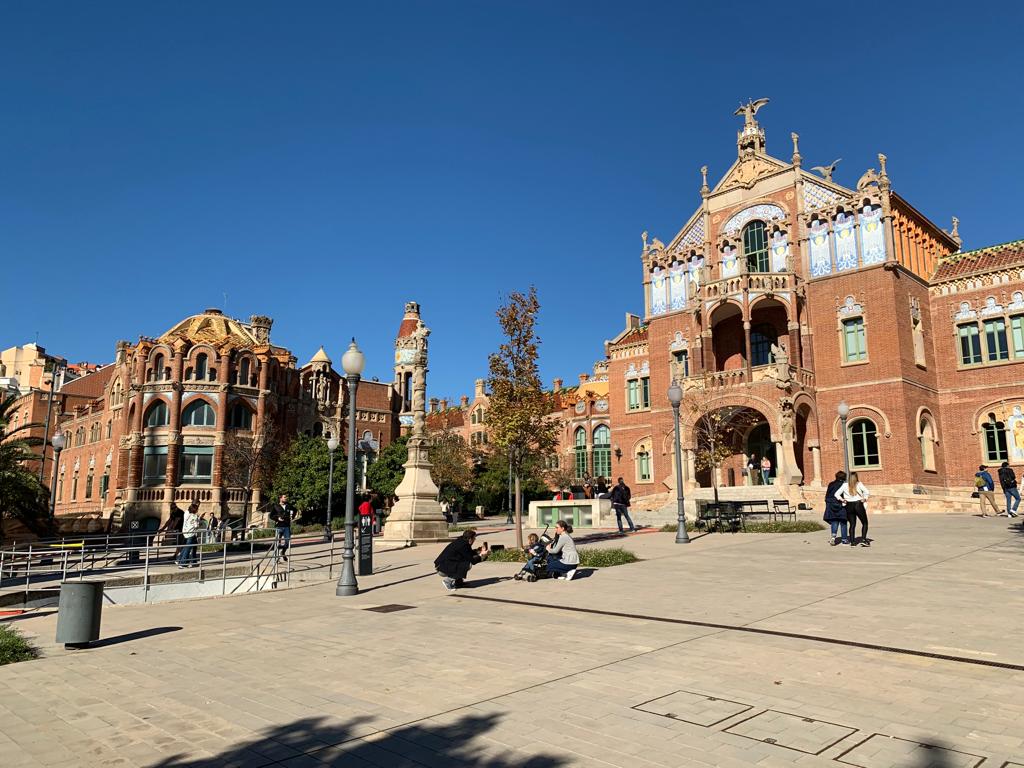
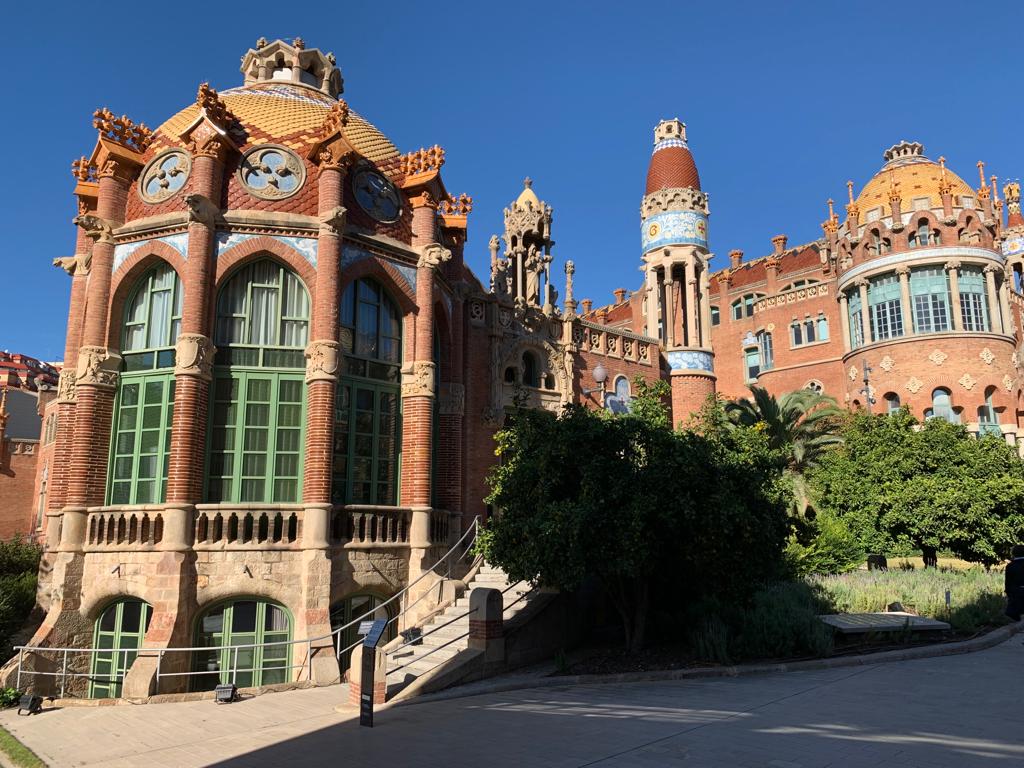
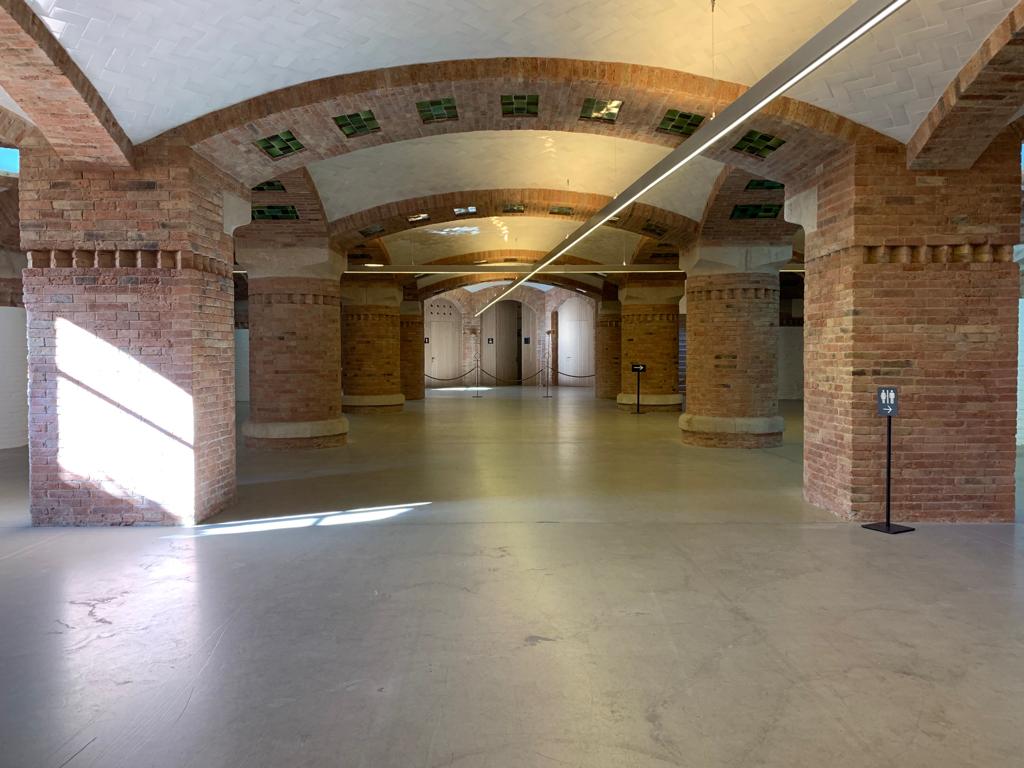
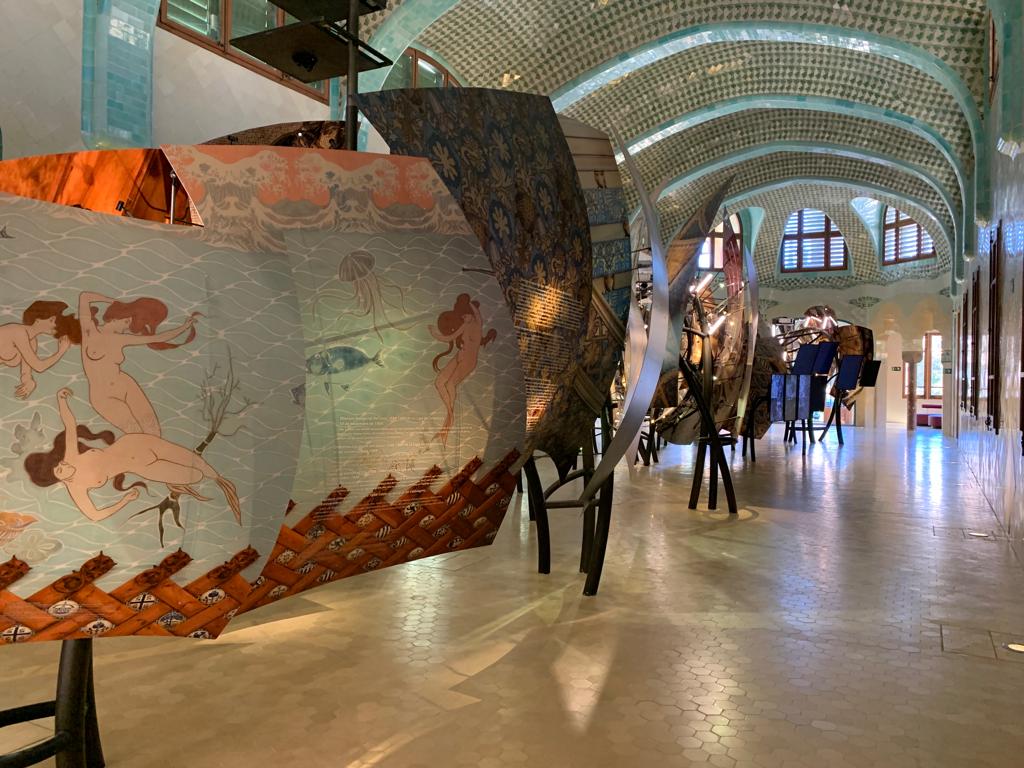


Hospital de la Santa Creu i Sant Pau
The Hospital de la Santa Creu i Sant Pau (Hospital of the Holy Cross and Saint Paul) is an absolutely stunning example of Modernista architecture and one I’m very glad I visited. It’s also a short(ish) walk up a tree-lined avenue from the Sagrada Família, which is not bad.
I mentioned in an earlier post the site of a very old hospital in central Barcelona. This is the same institution, which needed modernising by the 20th Century and decided to start from scratch in the city’s new suburbs. It has since moved and modernised once more, so these striking buildings, built between 1901 and 1930, are open to visitors. Or most of them, at least: some are rented out to small institutions or businesses.
The design for the hospital was fairly radical and patient-centric. In order to create a restful space for patients, Domènech moved much of the infrastructure (like corridors) underground. This gave plenty of room for gardens between the patient wards and surgical suites. Despite its practical purpose, there is plenty of decoration inside and outside the hospital buildings. It’s amazing to me that this continued to function as a hospital until 2009 – what a privileged experience to recuperate here.
The Hospital is not as busy as the Sagrada Família, so I don’t think it matters as much when you go. There is an option for an audio guide, but I was fine walking around with just the standard pamphlet. If the weather is cooperative, make sure you sit outside and enjoy the lovely garden.
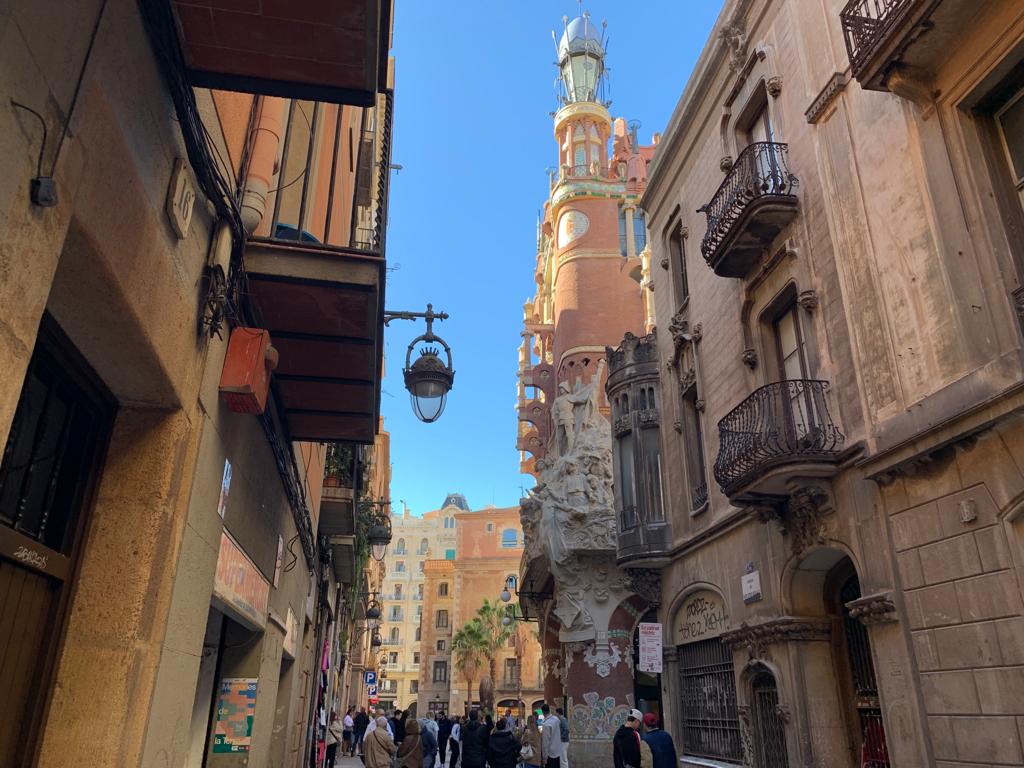
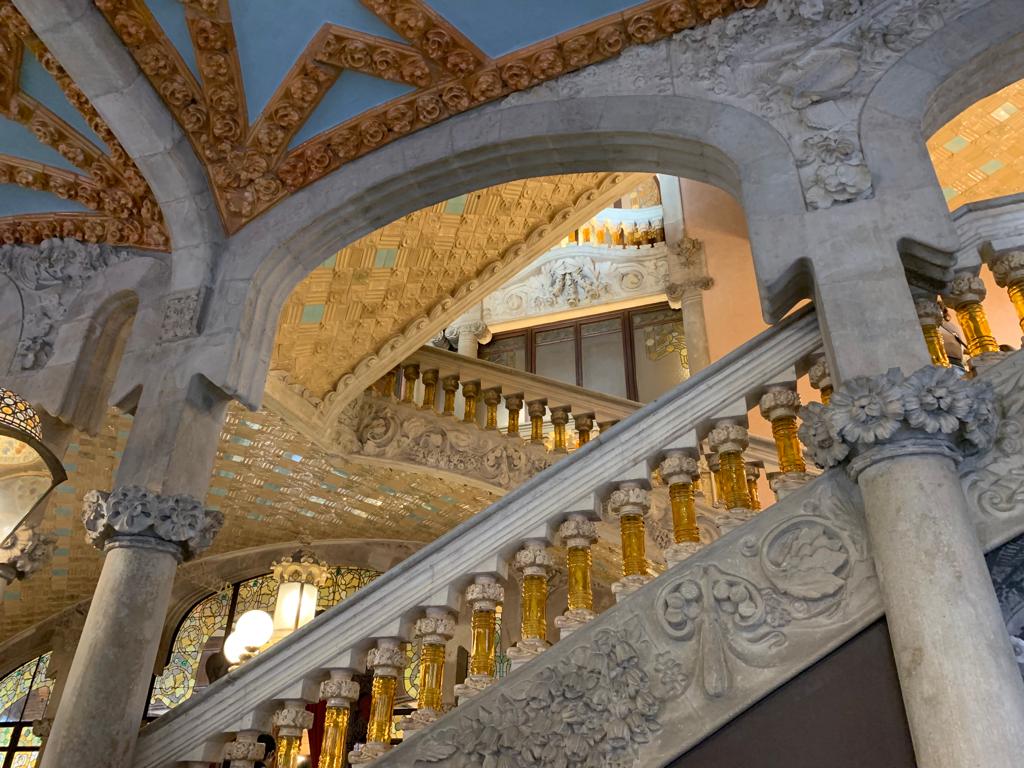
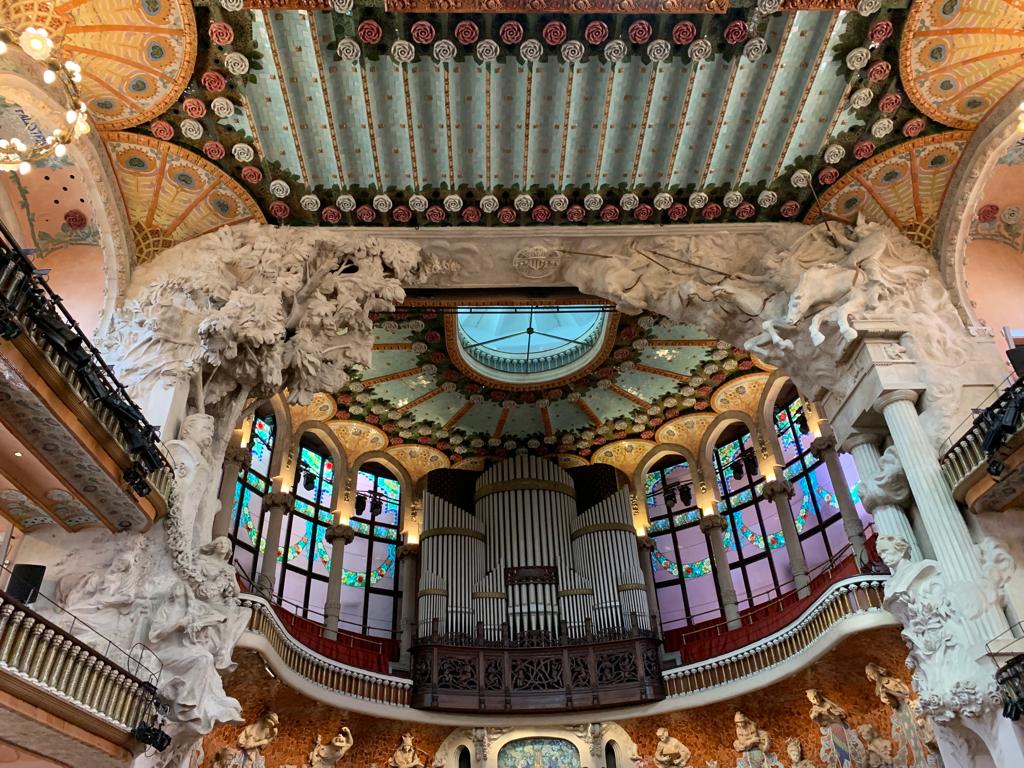



Palau de la Música Catalana
Together with the Hospital the Palau de la Música Catalana, also designed by Domènech, makes up a UNESCO World Heritage site. This Palace of Catalan Music shows a similar commitment to heavily decorated interiors and exteriors, creating a similar effect of overwhelming visitors with the extravagance of its design.
The Palau de la Música Catalana was built between 1905 and 1908 for choral society Orfeó Català, a leading force in the Catalan cultural movement known as the Catalan Rebirth. It is still a concert hall today, with more than half a million people attending events here annually. It is a great example of Modernista architecture. Domènech has privileged curved lines over straight, used up to date technologies, and reveals the building’s structure. Wanting to really embody the Catalan Rebirth movement, Domènech gave great artistic freedom to local artists and artisans in contributing to the Palace’s decoration. Look out for the sculptural group at the corner by Miquel Blay, The Catalan Song.
There are many options for seeing inside the Hospital the Palau de la Música Catalana. Perhaps my preferred option, although I didn’t take my own advice, would be to see a concert here. If you don’t have an evening spare, however, you can visit in the daytime. Then you can do a self-guided tour, a self-guided audio tour, a guided tour, specialty tours, a combined ticket, or, wait for it… an escape room. I did the self-guided tour with pamphlet and it was adequate. In hindsight I perhaps should have gone for the self-guided audio tour option.
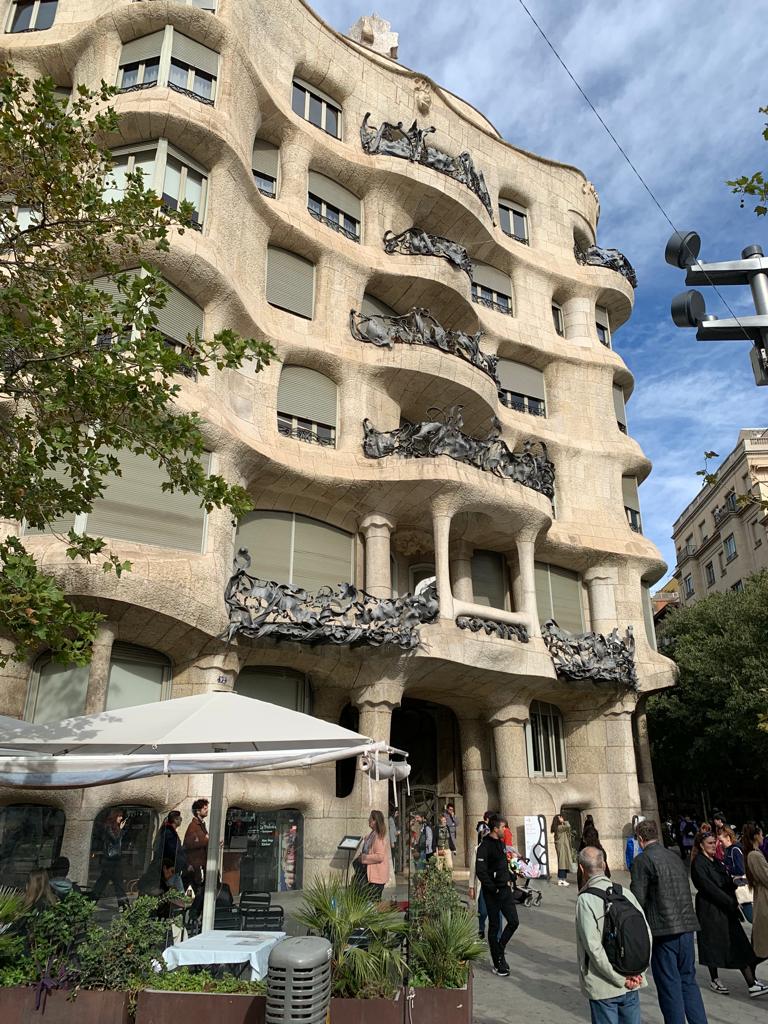



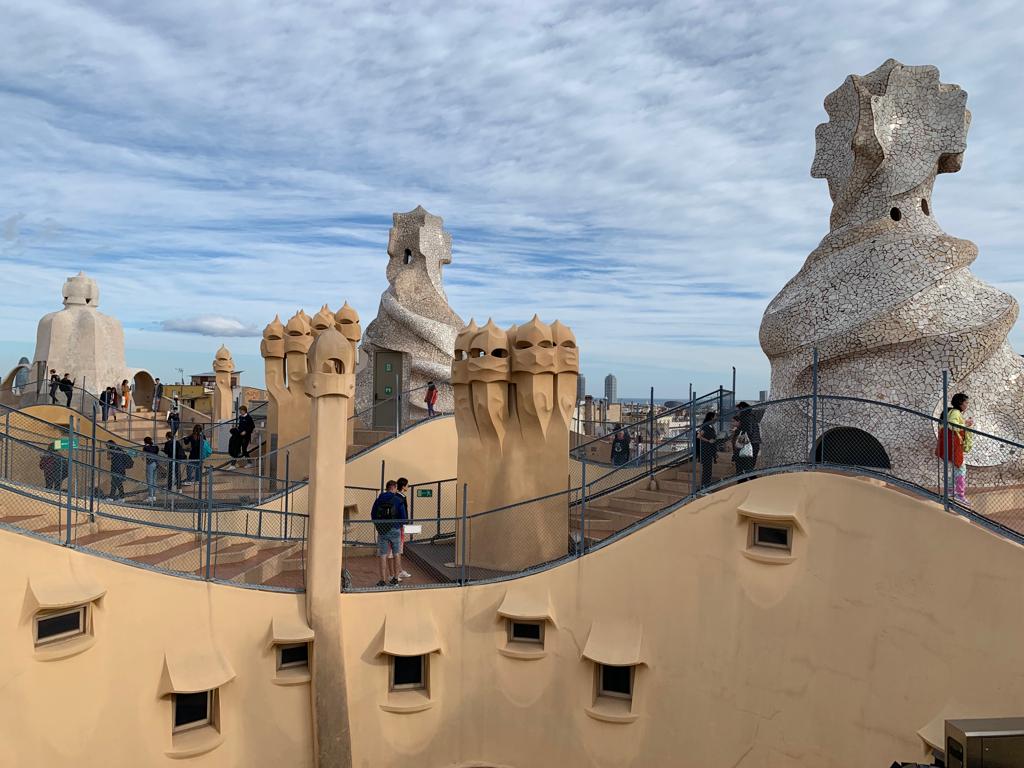
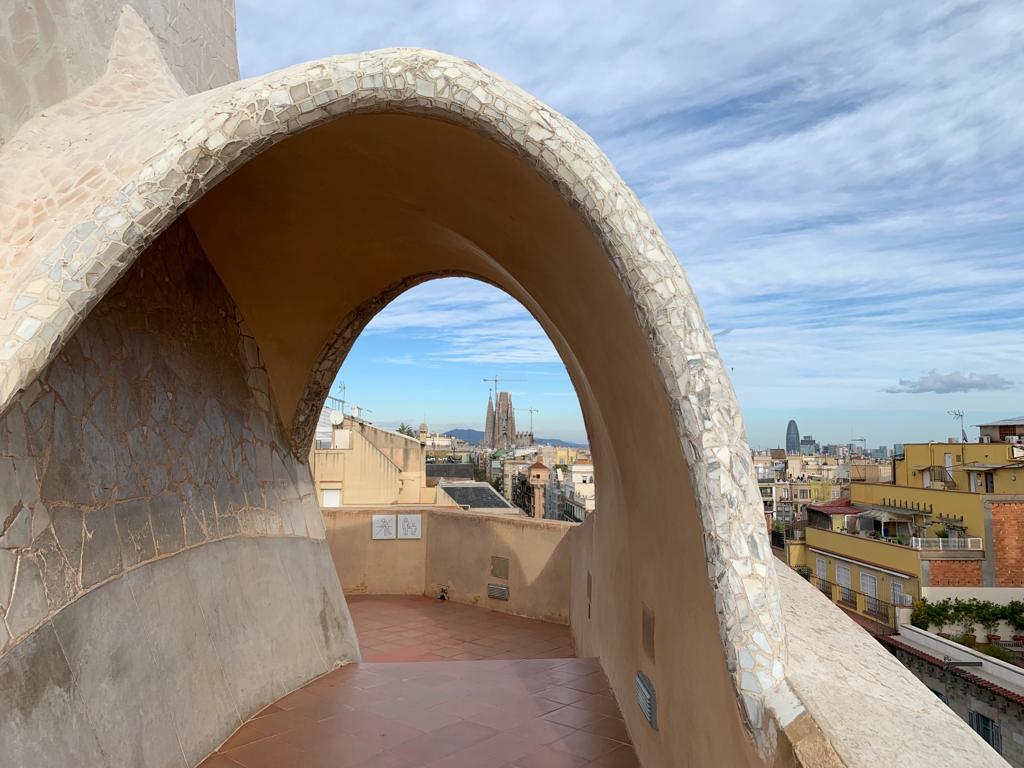
La Pedrera
The final Modernista building I went inside during my long weekend in Barcelona was La Pedrera. Properly the Casa Milà, La Pedrera is a nickname meaning ‘the quarry’ because of its external appearance. This is another of Gaudí’s projects, although this time a refurbishment of an existing building rather than a brand-new design.
The thing about Modernista tourist attractions in Barcelona is they’re not cheap. You could spend a lot visiting even just the ones on this list. If you’re going to go to one of the residential projects, however, I feel La Pedrera is a good choice. Built for Roser Segimón and her husband Pere Milà to live in one apartment and rent out the remainder, this is the last private residence Gaudí designed, dating from 1906-1912. What I liked about it is that you can visit a restored apartment, as well as a Gaudí museum in the attic. And some ticket options allow you into temporary art exhibitions as well. I saw a retrospective of Spanish Realist Antonio López.
La Pedrera is where Gaudí’s commitment to nature and idiosyncratic style really came to life for me. The attic I mentioned takes inspiration from a whale’s skeleton. It’s formed of 270 catenary arches, each of slightly different proportions. Then you emerge onto the rooftop, where sculptures like warriors look out over the city. It’s so unlike any architecture of its time, and really showcases Gaudí’s vision.
Like the Palau de la Música Catalana, there are many ticket options at La Pedrera. You get an audio guide with all entrance tickets, and I recommend making use of it. If you’re not planning to see all of Gaudí’s projects in Barcelona, the attic museum is a great way to learn more about them.


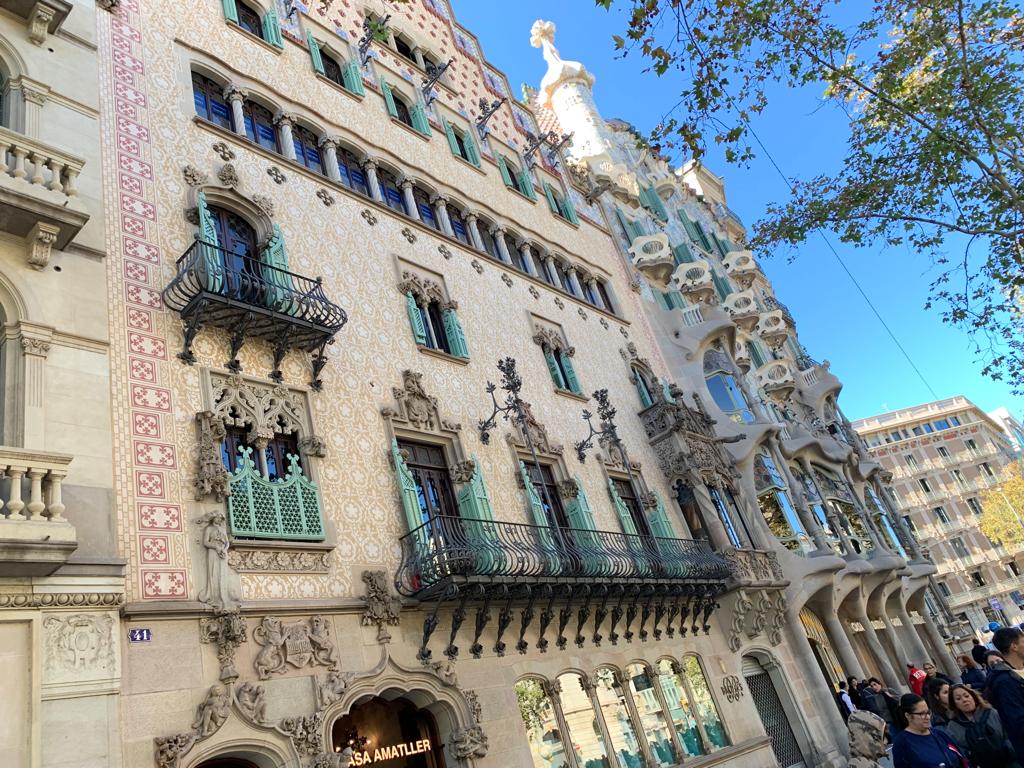
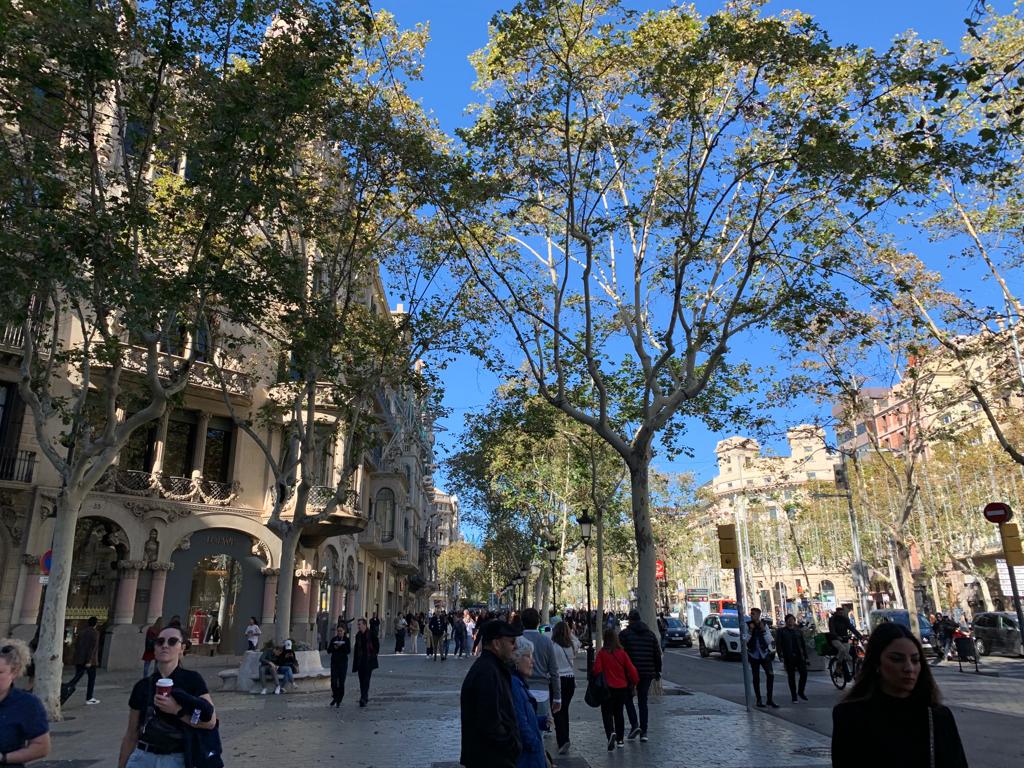
Illa de la Discòrdia
Literally meaning “block of discord”, Illa de la Discòrdia also equates with the English phrase “bone of contention”. This block on shopping street Passeig de Gràcia in the Eixample district is famous for having four Modernista buildings side by side. Even better, our three architects designed one each, joined by a fourth proponent of Catalan Modernism, Enric Sagnier. The name comes from the fact that there is no harmony between the individual buildings. They clash both with each other and their neighbours.
Perhaps the most famous building in the Illa de la Discòrdia is the Casa Batlló. Another Gaudí residential project, this is a 1906 renovation of an 1877 building. My friend and I considered a visit to the interior, but balked at the price. Like I said, an interest in Modernista architecture quickly adds up. Maybe next time I’m there. The Casa Batlló was not the Illa de la Discòrdia’s trend-setter, however.
This title goes to the Casa Amatller by Josep Puig i Cadafalch, dating to 1900. Perhaps the most interesting thing about it at first glace is how Dutch it looks, rather than Spanish or Catalan. It’s another renovation of a plain building, with Puig designing the high stepped gable and sculptural and ceramic decoration. Domènech came next, remodelling the Casa Lleó Morera in an eclectic style in 1905. Then came Enric Sagnier in 1906 with the Casa Mulleras. We can see why he didn’t make it to the big time as a Modernista architect: compared to the other examples, his is very conservative. The Casa Batlló also came along in 1906 as we’ve learned already. And the final building on the block is the Casa Bonet. This one is later (1915) and architect Marceliano Coquillat went for a somewhat incongruous Neo-Baroque style. Discord indeed.
As well as the Casa Batlló, you can also visit the Casa Amatller. I believe the Casa Lleó Morera used to be open to visitors but isn’t any more. There’s a virtual tour instead. But looking from the street is already a good start, and if you do fancy visiting one of the buildings I would suggest the Casa Batlló’s summer programme looks an interesting way to do it.

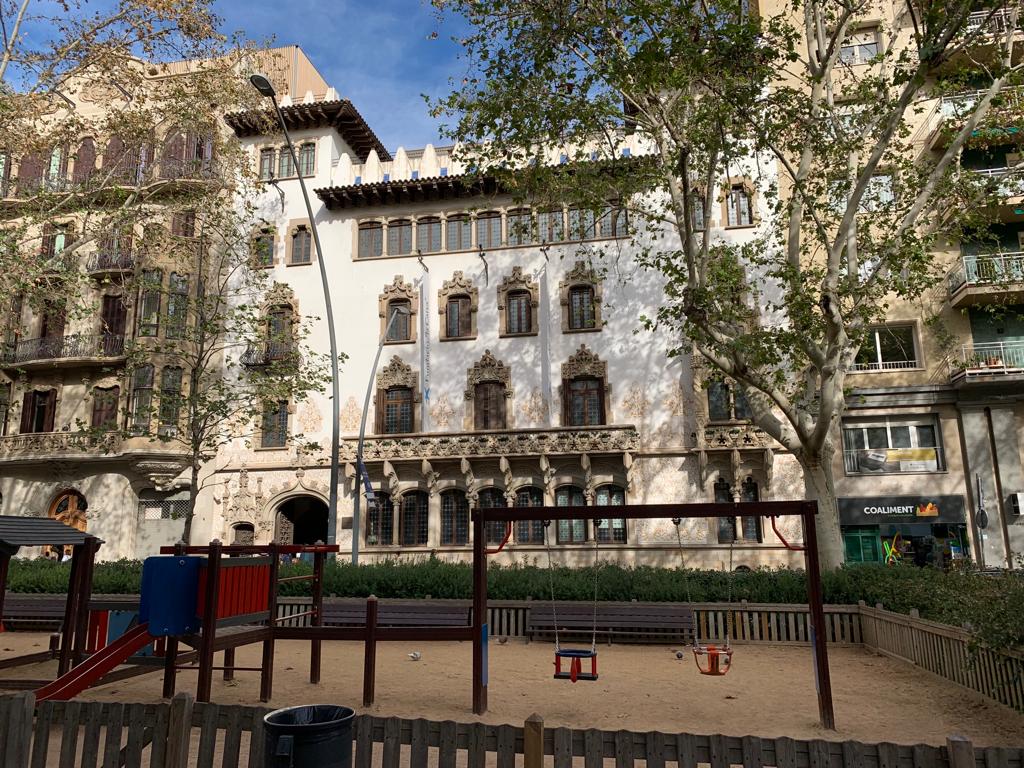

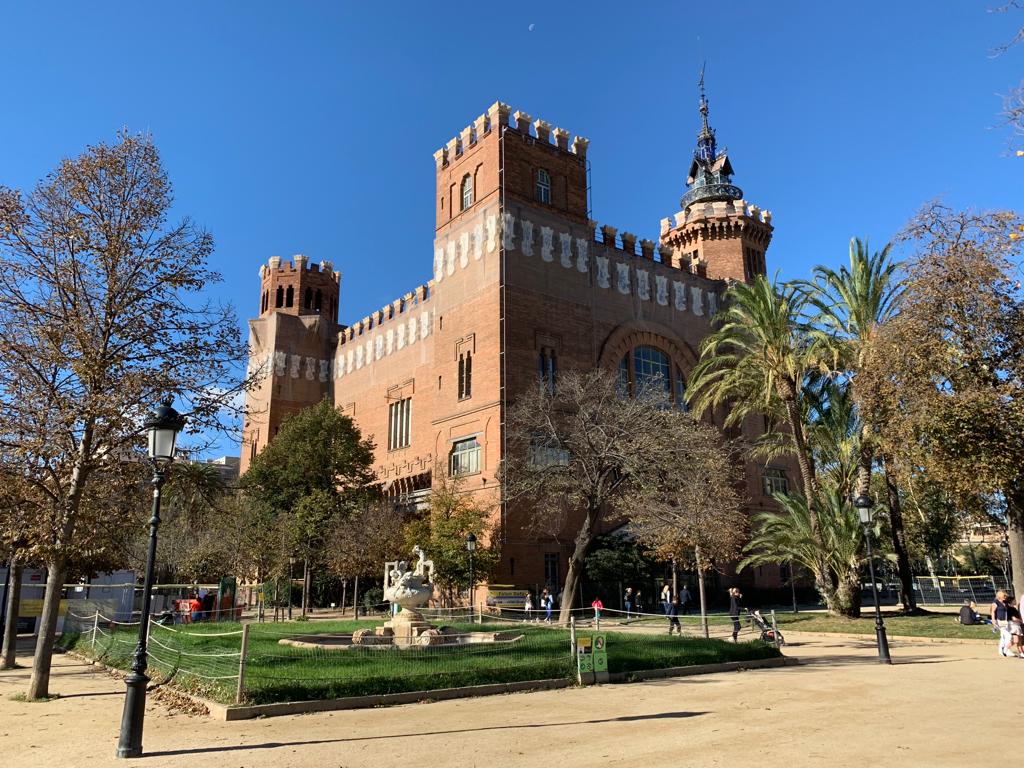
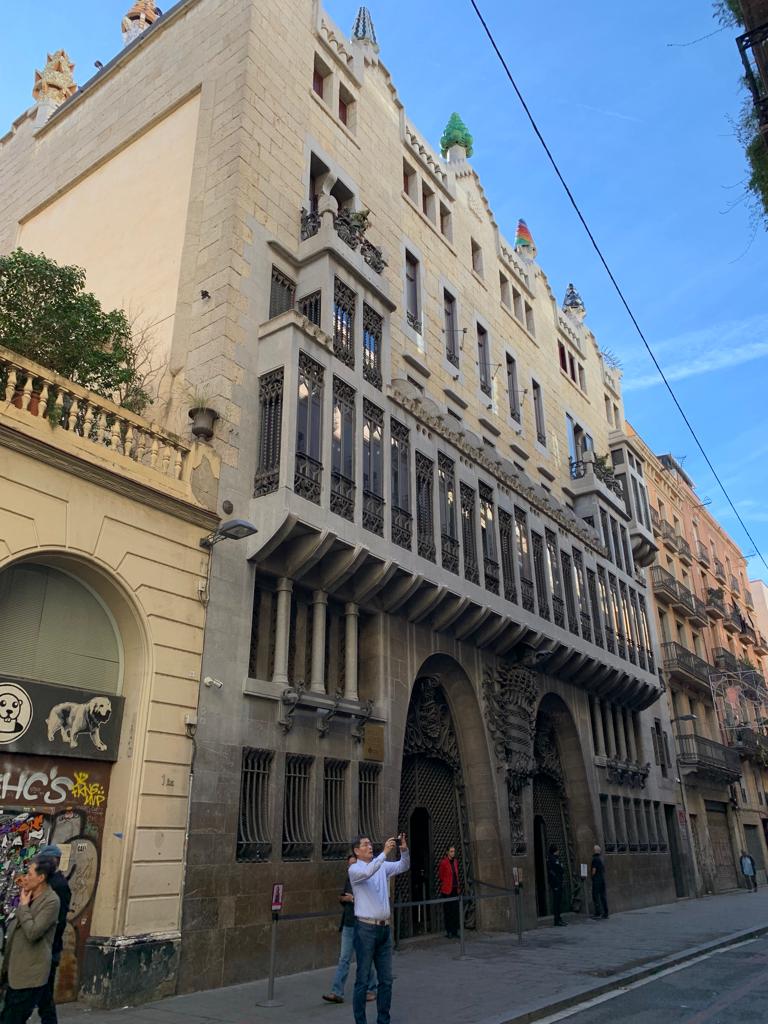

Other Modernista Buildings
If you haven’t yet had your fill of Modernista architecture, never fear: there’s more. And different ways to experience it, too. As I mentioned earlier, there is a Ruta del Modernisme which you can follow. Or some Barcelona tourist tickets will allow entry to one or more of the buildings. For a little more inspiration, here are some suggestions of other Modernista buildings to look into.
- Casa Vicens. Gaudí’s first masterpiece, and only open to the public since 2017. The Casa Vicens has more straight lines than you might expect. Built by Gaudí between 1883 and 1885, this was originally a summer home for the Vicens family. If you read my previous post you will recall that Barcelona expanded significantly in the 1880s, so for a very short time the Casa Vicens was in the village of Gràcia rather than Barcelona’s suburbs.
- Parc Güell. This isn’t a building and I’ve mentioned it already, but it’s important enough to make the list. Gaudí didn’t design the Parc Güell as a park: this was meant to be the start of a model village. Count Eusebi Güell was inspired by the English Garden City movement, and wanted something similar in Barcelona. It seems Güell and Gaudí were better at ideas than business, however, and the village wasn’t completed.
- Palau Güell. Yes, Güell again. This is a private home for the Count himself, however, in Barcelona’s Gothic Quarter. Just off La Rambla this is a rather forbidding building from the outside, but with apparently quite impressive interiors.
- Casa de las Punxes. The list can’t all be Gaudí, so let’s finish with another building by Puig. Before you try to visit though: I’ve put this one on the list in the hopes it will reopen to the public. The most medievalist of the Modernista buildings I saw in Barcelona, it had only opened to visitors in 2016. Perhaps the pandemic killed off the visitor experience? Keep an eye out for any changes before your own visit to Barcelona. Or choose from the many other options above!
Trending
If you see this after your page is loaded completely, leafletJS files are missing.

